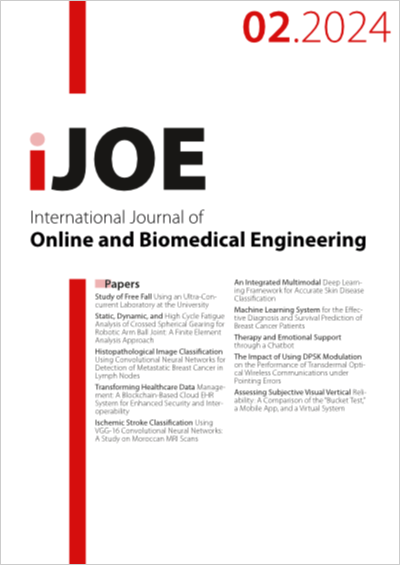Study of Free Fall Using an Ultra-Concurrent Laboratory at the University
DOI:
https://doi.org/10.3991/ijoe.v20i02.43099Keywords:
Ultra-concurrent Laboratories, Free fall, Experimental ActivityAbstract
This article presents the results of the educational use of an ultra-concurrent laboratory during the second semester of 2022, in the Cisale Chair of the Common Cycle of the University of Buenos Aires in order to strengthen the experimental scenarios and quality of the process in the teaching of physics. For this purpose, a quantitative descriptive study in which 68 students participated was carried out. This allowed establishing a significant scenario with the implementation of the ultra-concurrent free-fall laboratory to enhance experimental development in physics teaching processes. It is concluded that remote laboratories are promising technologies for teaching physics at the university level. However, it should be clarified that the impact of an educational innovation does not only depend on the technology used, but also on the didactic design with which it is approached.
Downloads
Published
How to Cite
Issue
Section
License
Copyright (c) 2023 Eduardo Arias Navarro, Cesar Nahuel Moya, Fiorella Lizano Sánchez, Carlos Arguedas Matarrita, Ignacio Idoyaga, Cesar Mora Ley

This work is licensed under a Creative Commons Attribution 4.0 International License.


